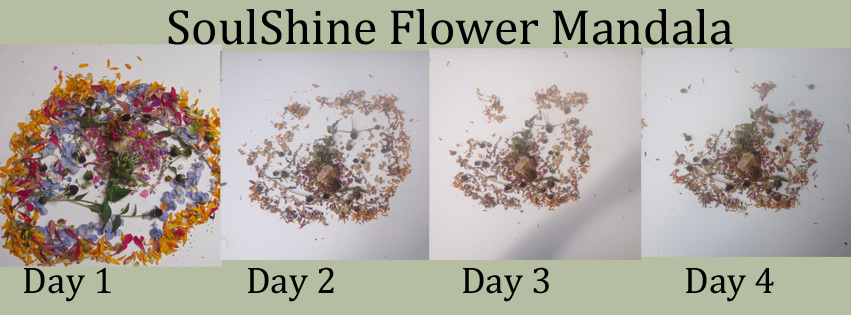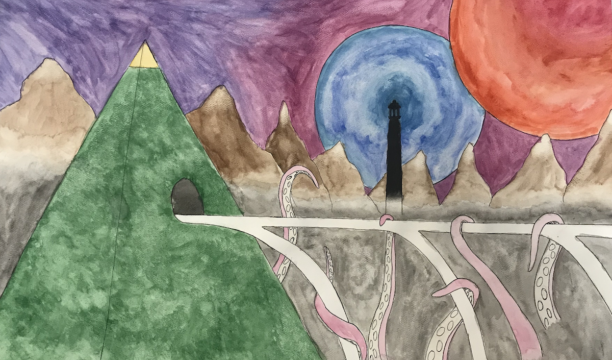5 Ways to Get Your Class to Explore the Outdoors
It is early spring here in Atlanta. Parker, a 3-year-old in my Garden Club points up at the trees and says, “All the trees know it is springtime but this one. Wake up tree!” My heart exploded. That is a wonderful observation, I tell her. What else do you see?
I love that my students are noticing the changing world around them at such an early age. They can see there are cycles which impact what grows around them. Just as the seasons change, so do we. How we react to a discovery is key to setting the tone for more! Simply put, ‘care to care.’ As teachers, we tend to have an agenda and plan to follow. When we can blend our objectives with the wonder of each new day, the doors of learning seem to get wider and brighter.
Wow, what did you find outside? What changes do you notice and feel?
1. Mindfulness Walkabouts and Layabouts
Framing time outside with intention, observation, and wonder will open your students’ minds to the changes each season, new growth, and their own voice, story, and discoveries. You can choose to walk the same path or area and ask your class, “What has changed since our last walk?” Perhaps they have journals to write or draw pictures in. How about lying on blankets and looking up at the trees and clouds? Do you see birds, nests, squirrels -- or just branches, leaves, flowers, evergreens, and deciduous trees? Perhaps during this time of mindfulness you and your class will begin to identify types of nests, trees, and birds. In the winter, I ask my classes, ages 3-5, to find the trees that are still green, the evergreens. Some of my students can identify a male cardinal, robin, maple, pine, oak, and chickadees. Whether you are laying about or walking about, if you frame this time for discovery, you will notice differences each time. You can be in an urban environment and still notice trees changing. You do not need to be in the woods or have a big green space. Outside on the playground, we place picnic blankets on the cement and lay back, looking at the tree tops, sharing our thoughts and observations.
2. Monthly Nature Display/Collection
During walkabout times, bring a basket and have your students collect leaves, pinecones, seed pods, cool branches and whatever else they may find to create a changing nature display in your classroom. The act of nature gathering will spark excitement for each find. Children will begin to notice the shapes of leaves of trees, interesting seeds, and each walk may become a treasure hunt. Your display can be documented with photography. You can make mandalas or art, rearranging your sculpture or still life. Each month you may wipe it away or return it to nature to start a new one. With each documentation, you can compare your monthly display. I bet your February arrangement looks different than your April display. If you do not have a space or a table to arrange your display, create a changing nature box. Perhaps you have one box for the class or each child has their own box.
Here is a picture of a flower mandala my class made. We left it outside to see how it changed over just a few days.

3. Earth Movers and Earth Builders
Whether or not you have an area for digging outside, your class can look outside for the places bugs may live. There are so many discoveries waiting to be uncovered, literally. Mindfulness is super important in this setting. Yesterday, I told my young students, ages 2+, that there are dangers outside but they have super powers and senses and do not need fear as I pointed to my eyes. We have eyes! We can see and notice the little things. Look with your eyes and you will see piles of dirt that have been moved. That is where the ants live. Should we step on the piles? No. Why? Because they may get into our shoes! Outside we had fun looking for the ant hills, being mindful of the danger and marveling at how these tiny bugs are able to move so much dirt. In our garden we have a dig bed just to look for bugs and especially worms. We even have a worm bin and compost. On walks we carefully flip over rocks and bricks. We look for leaves that bugs have chewed through. In my community children’s garden, we build bee houses for our little bug friends. Once your students know about the different bugs that live around us, they hone their senses and awareness. Perhaps your class can act out the life cycles of the bugs you discover. Each discovery can be a journey of curiosity. For example, we discovered worms and wondered about the life of a worm. We found a book to read and learn more and we even invited a worm expert to our class! The fun facts we discovered are that worm eggs are small and yellow with 2 worms in each egg, meaning worms are born as twins!
4. Stick Club/Home Building
Join the stick club and help build homes for the birds! Collecting sticks and twigs off the playground or surrounding area helps clean up the space, removing tripping obstacles, and can be useful for our feather friends. Many kinds of birds love to nest in piles of branches. Your class or school can assign an area for sticks and branches where your class can create many mansions for birds to live. This is an ongoing activity that will lead to other discoveries and lessons about shelter and creating wild spaces for animals to live. This is an important lesson as it bridges concepts of what we, as humans, need and what our living world around us needs. We have beds and so do many animals. As we see that many of our needs match the needs of smaller creatures, we begin to understand our interconnectedness, fostering mindfulness, care and empathy for all living creatures.
5. Plant Part Relays. Basic and Veggies
Stem, root, leaf, and flower! You can create this fun game with your class using plants you see outside, like weeds. You may easily transition this fun game into a nutrition lesson. At our school, we grow many kinds of food in our school garden. On a big platter on a child size table, I put a variety of veggies. For example, a cabbage leaf, celery stalk, broccoli floret, , and a carrot work well. I’ll walk 20 feet or more away and have my class line up in front of a cone or marker. I’ll give each student a pair of tongs and ask them to find a root, stem, flower or leaf. If they pick an incorrect item, I’ll ask them to try again until they figure it out. We have a big sidewalk in our garden and sometimes Ill draw parts of the plant and we will play plant part hopscotch along with the relay game. You can add seed to the category and put a coconut or pinecone. There are many choices of veggies and plants you can use for this fun game!
Connect Your Students Early to Our Natural Environment
Playtime has moved indoors and away from nature. This movement towards less outdoor activity may contribute to higher youth obesity rates, declining concentration, social skills and problem solving abilities. Using the suggestions above, or finding your own path, helps kids get closer to nature and make connections to the world around us. Simply listening to the birds and the swaying of the trees can help foster feelings of peace and awareness. When we encourage natural discoveries, the environment becomes the classroom and it is everywhere, beckoning us to carefully look and listen. These connections help to open up young minds and set up future problem solvers who have more empathy and understanding. Cheers to your journey of discovering the wonders of the great outdoors and fostering a love for the natural world we all share.
Join the PBS Teachers Community
Stay up to date on the latest blog posts, content, tools, and more from PBS Education!



